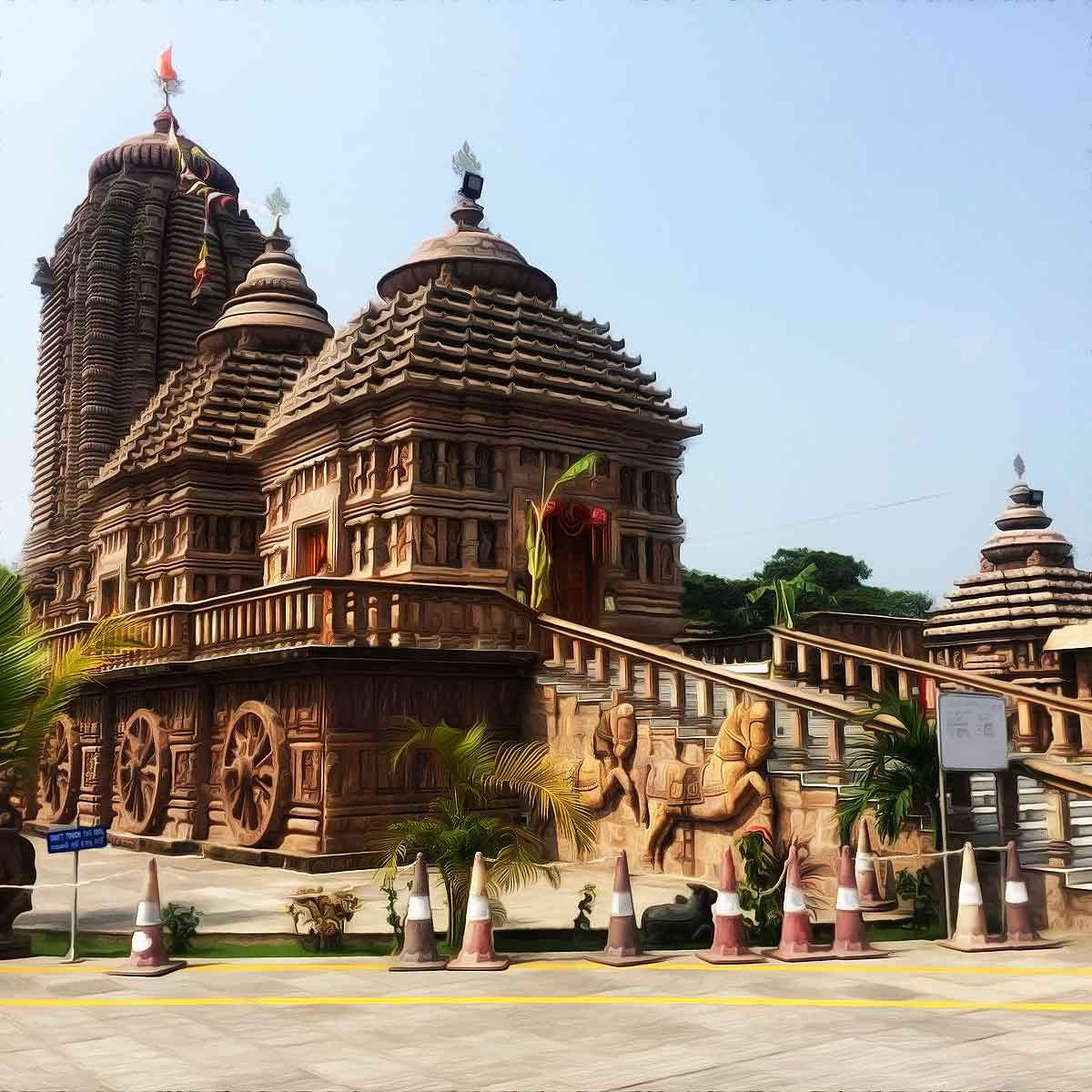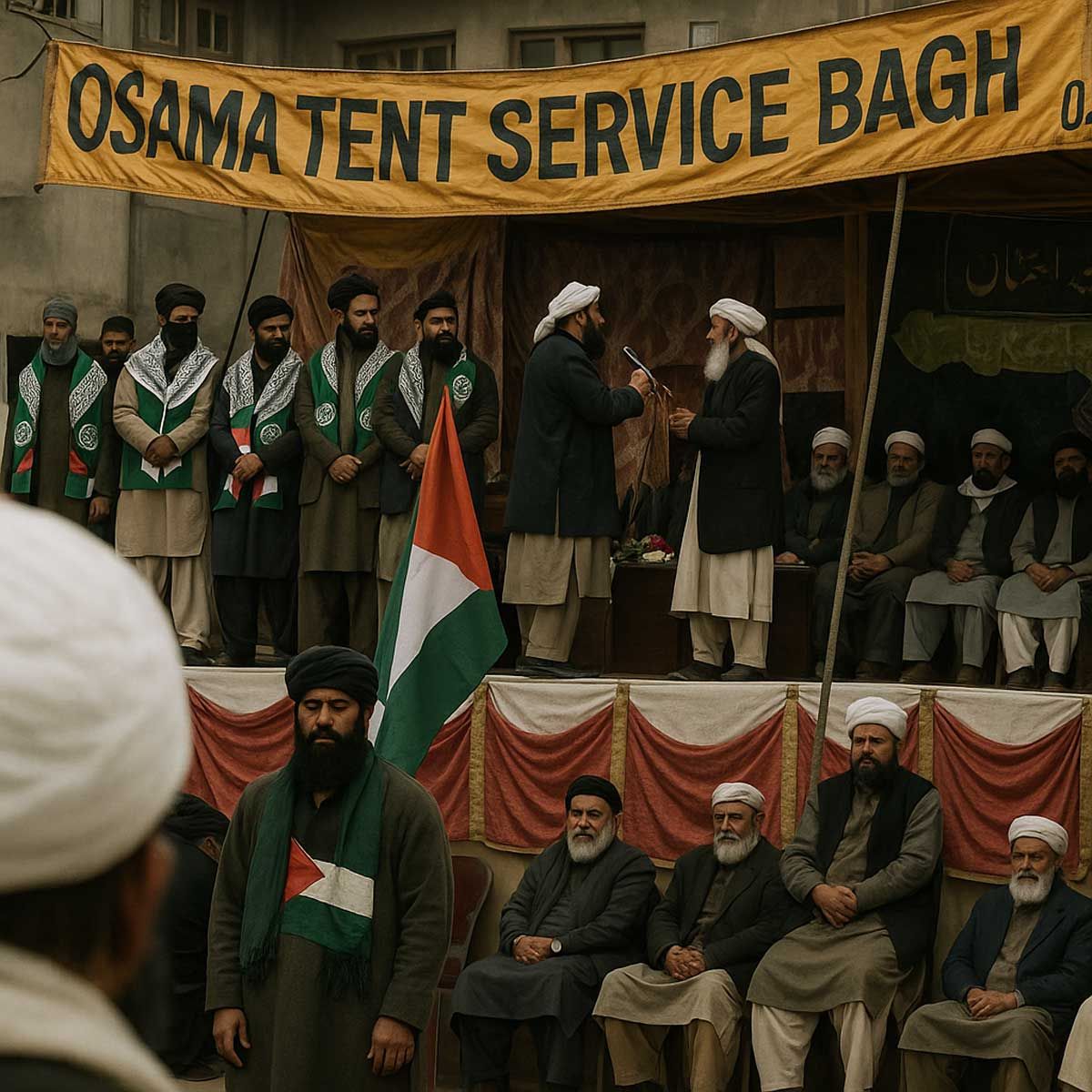Sanatan Articles
Satyaagrah
Written on
Satyaagrah
Written on
Satyaagrah
Written on
Satyaagrah
Written on
Satyaagrah
Written on
JOIN SATYAAGRAH SOCIAL MEDIA
"History develops, art stands still": Indo-Portuguese currency "Uma Rupia," featured the iconic Jagannath temple of Puri in Orissa, an important Hindu pilgrimage site dedicated to Lord Jagannath, a form of Vishnu - part of the divine trinity in Hinduism

The relationship between India and Portugal, particularly in the realm of trade, dates back to 1948 with the arrival of Vasco Da Gama. As one of the earliest European powers to set foot on the Indian subcontinent in 1498, the Portuguese wielded substantial influence for close to two centuries. This dominance, however, was gradually overshadowed by the entry of the British East India Company, which reduced Portuguese control to Goa, Daman-Dui, and Dadra-Nagar Haveli.
|
The commencement of the Portuguese India banknote issue can be traced back to 1882, signifying a remarkable milestone in the history of Indo-Portuguese commerce.
The Portuguese enjoyed a prosperous trade partnership with India for more than a century. On the 1st of November 1882, they issued the first uniface note, the Portuguese India Rupia, in a denomination of 5 with a watermark. In the same month, additional notes of 10, 20, 50, and 100 Rupias were issued, each bearing a manuscript signature or being hand-signed. The circulation of these Rupias began around 1883.
The inaugural Indo-Portuguese currency was introduced in 1917 and was referred to as "Uma Rupia". This marked the second issue of the ‘Banco Nacional Ultramarino’, which translates to the Overseas National Bank of New Goa.
On the 1st of January 1924, notes with denominations of 1, 2½, 5, 10, 20, 50, 100 & 500 were issued. Thomas de la Rue & Co. Ltd., Gravadores, London were responsible for the printing of these notes, all of which were a part of the Portuguese India banknotes collection.
 |
Significantly, the 1 Rupia and 2 1/2 Rupia notes portrayed the majestic Indian Tiger on the obverse side. The reverse side featured the iconic Jagannath temple of Puri in Orissa, an important Hindu pilgrimage site dedicated to Lord Jagannath, a form of Vishnu who is considered a part of the divine trinity in Hinduism.
Located in the Puri district of Odisha, the Jagannath Temple is known for its deity idol crafted from wood, which is ritually replaced every twelve or nineteen years. Built in the 12th Century by King Anantavarman Chodaganga of the Ganga Dynasty, the temple is one of the Char-Dham Pilgrimages and is popular for the Ratha Yathra, or the Chariot festival.
Other denominations like the 5, 10, and 20 Rupias depicted the Saptkoteshwara temple, a place of worship dedicated to Lord Shiva in the form of Saptakoteshwar. The temple is located in Navre, in the Indian state of Goa and is one of the six great temples of Lord Shiva in the Konkan area. The temple was built by queen Kamaldevi, a devout worshipper of the deity. The Kadamba kings used the title (Birudu) Shree Saptakotisha Ladbha Varaveera with pride.
|
Portuguese colonialism in India commenced with the arrival of Vasco Da Gama on the Malabar Coast on 20th May 1498. Although he originally came to India with the intention of trade, he soon bypassed the Ottoman Empire and discovered a sea route that resulted in a profit far beyond the initial investment.
The first Viceroy of the Portuguese in India was Francisco de Almeida, who established the first headquarters in modern-day Cochin. In 1509, Alfonso de Albuquerque became the second governor of the Portuguese, and with the support of the Vijaynagar Empire, defeated the Bijapur Sultanate in 1510 and established a permanent settlement in Goa.
The unique and colonial-era built heritage of Goa is a testament to the lasting Portuguese influence. From churches, basilicas, and seminaries to fortresses and residential houses, Portuguese architecture is prominently displayed throughout the region. Portuguese India banknotes were not merely monetary instruments but also encapsulated the intricate architectural essence of the era. Landmarks such as Fort Aguada, Reis Magos Fort, and numerous Goan homes reflect the signature Portuguese architectural style.
|
 Support Us
Support Us
Satyagraha was born from the heart of our land, with an undying aim to unveil the true essence of Bharat. It seeks to illuminate the hidden tales of our valiant freedom fighters and the rich chronicles that haven't yet sung their complete melody in the mainstream.
While platforms like NDTV and 'The Wire' effortlessly garner funds under the banner of safeguarding democracy, we at Satyagraha walk a different path. Our strength and resonance come from you. In this journey to weave a stronger Bharat, every little contribution amplifies our voice. Let's come together, contribute as you can, and champion the true spirit of our nation.
 |  |  |
| ICICI Bank of Satyaagrah | Razorpay Bank of Satyaagrah | PayPal Bank of Satyaagrah - For International Payments |
If all above doesn't work, then try the LINK below:
Please share the article on other platforms
DISCLAIMER: The author is solely responsible for the views expressed in this article. The author carries the responsibility for citing and/or licensing of images utilized within the text. The website also frequently uses non-commercial images for representational purposes only in line with the article. We are not responsible for the authenticity of such images. If some images have a copyright issue, we request the person/entity to contact us at This email address is being protected from spambots. You need JavaScript enabled to view it. and we will take the necessary actions to resolve the issue.
Related Articles
- The Lost City of Dwarka and step-motherly treatment to it's Archaeological excavations as revealed by RTI: Shocking state of neglect for Hindu sites by the Government
- After removing 500 tons of garbage, 18th-century old stepwell to soon serve with clean, fresh groundwater gushing from 53 feet deep water stream: Nalla Pochamma Temple, Telangana
- 'He is the KING OF KINGS' - As a staggering administrator, intense warrior, a magnanimous philanthropist, and a lover of beautiful art and architecture, Raja Raja Cholan is an inevitable character in Tamil and world history
- Petition seeking restoration of 27 Hindu, Jain temples inside Quwwat Ul-Islam mosque at Qutub Minar complex rejected by Delhi court
- “Sacred space is where you can find yourself over and over again”: Goa govt inked a MOU with Temple Connect to position Goa, popularly known as 'Bhagwan Parshuram Bhoomi', to be a global destination for spiritual tourism as 'Dakshin Kashi' of India
- A new symbol of Hindutva pride, Shri Kashi Vishwanath Temple Corridor
- Bishnupur, a historic gem in West Bengal, enchants with terracotta temples and a captivating past, once the seat of Malla Dynasty, this quaint town whispers tales of resilience, transformation & spiritual devotion, offering profound life lessons
- "You are never lost when you can see the temple": BJP Govt in Goa starts survey of temples ruined during the Portuguese rule, all Hindu Temples destroyed during that tenure will be restored under the project by CM Pramod Sawant
- When Secular Nehru Opposed Restoration Of Somnath Temple - The Somnath Temple treachery
- Madras High Court: Do not take decision on melting Temple gold till Trustees are appointed
- Narasimha Rao govt brought places of Worship Act as a hurdle in reclaiming ancient Hindu heritage destroyed by Muslim invaders
- Odisha Chief Minister Naveen Patnaik inaugurated renovated divine shrine Maa Tara Tarini Temple complex, one of the most revered temples on Kumari hills at the banks of Rushikulya river: modern day masterpiece
- Goa Inquisition and massacre of Native Hindus by Portuguese: A Forgotten Chapter of the Bloody History of the European Colonization of India
- Kashi symbolizes the unshakeable plasticity and unity of Hindus - presence of Padmesvara stones and Padmesvara inscription in the Lal Darwaza mosque, attests further that Kashi’s Islamic monuments are built on temple remains
- UNESCO World Heritage Site "Great Living Chola Temples": Brihadeeshwara Temple dedicated to Shiva located in Thanjavur in Tamil Nadu, built by emperor Raja Raja Chola I is one of the largest temples in India of Dravidian architecture during Chola period





















